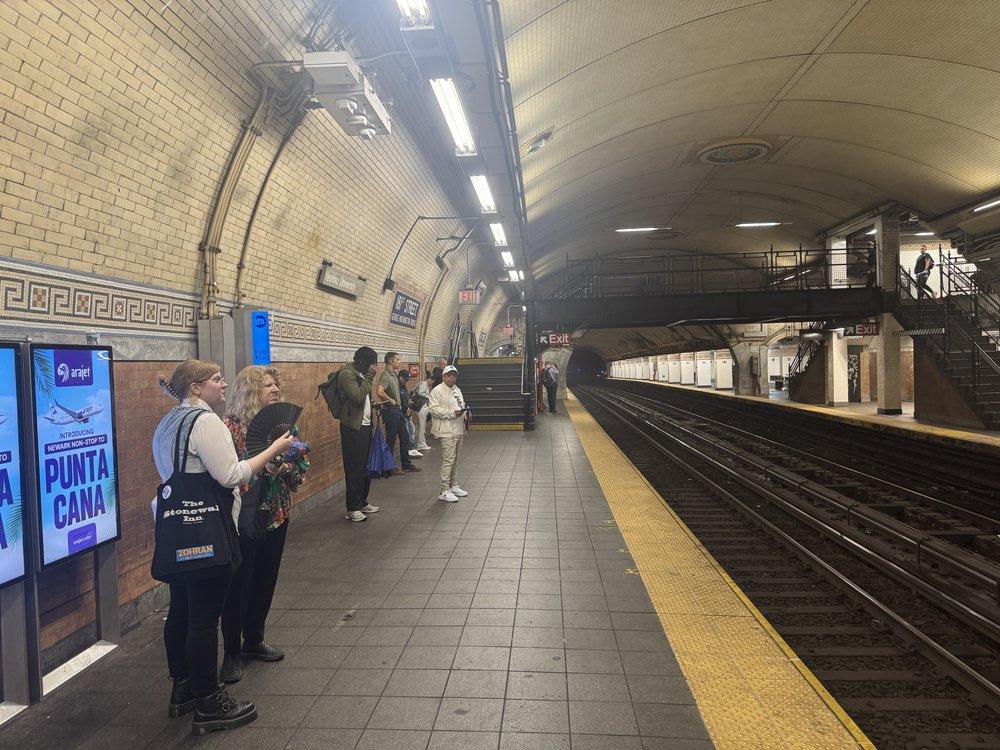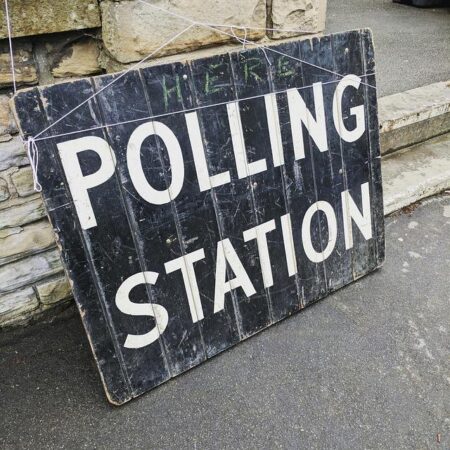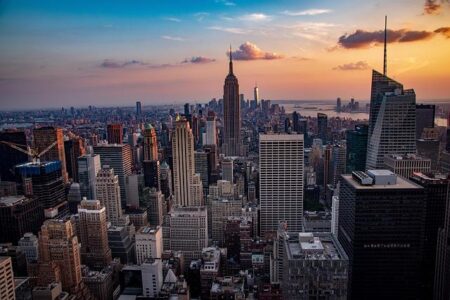Revolutionizing Cooling Solutions for NYC’s Underground Subway Stations
Addressing the Heat Challenge in New York City’s Subway System
As global temperatures climb and heatwaves become increasingly severe, the Metropolitan Transportation Authority (MTA) is intensifying efforts to mitigate the oppressive heat endured by millions of subway riders daily. The underground transit environment, notorious for its stifling conditions during summer months, demands innovative cooling strategies that not only enhance commuter comfort but also align with sustainability objectives. This article delves into the MTA’s pioneering initiatives, exploring emerging technologies and the complexities of retrofitting cooling systems into an aging subterranean network.
Cutting-Edge Cooling Innovations Under MTA’s Pilot Programs
In response to escalating heat concerns, the MTA has launched experimental projects deploying state-of-the-art cooling technologies tailored to the unique challenges of underground stations. These include:
- Geothermal Cooling Systems: Utilizing the earth’s stable underground temperatures, these systems aim to provide consistent and energy-efficient climate control. Trials are underway at major hubs like Times Square Station.
- Phase-Change Materials (PCMs): Integrated into station walls, PCMs absorb excess heat during peak hours and release it when temperatures drop, helping to moderate ambient conditions. Union Square Station serves as a testing ground for this technology.
- Intelligent Ventilation Networks: Equipped with real-time sensors, these systems dynamically adjust airflow and humidity levels to optimize cooling, currently being piloted at Grand Central Terminal.
| Technology | Primary Advantage | Pilot Location |
|---|---|---|
| Geothermal Cooling | Consistent temperature regulation | Times Square Station |
| Phase-Change Wall Materials | Dynamic heat absorption and release | Union Square Station |
| Smart Ventilation Systems | Adaptive airflow management | Grand Central Terminal |
Overcoming Structural and Operational Barriers in Cooling Implementation
Integrating air conditioning into New York’s century-old subway infrastructure presents formidable engineering challenges. The original design prioritized ventilation over cooling, resulting in limited space for installing bulky HVAC equipment. Narrow tunnels and compact station layouts restrict the placement of traditional air conditioning units, necessitating bespoke, compact solutions that avoid interference with critical electrical and signaling systems.
Additionally, the subterranean environment accumulates heat from multiple sources—train operations, electrical systems, and dense passenger traffic—creating a substantial thermal load that standard cooling methods struggle to counteract. Maintenance and installation activities must be carefully coordinated to minimize disruptions to subway service and ensure safety.
- Spatial Constraints: Minimal room for large-scale cooling apparatus.
- Electrical Capacity: Existing power infrastructure may not support high-energy cooling systems.
- Heat Generation: Continuous heat from trains and equipment challenges cooling efficiency.
- Service Continuity: Installation and upkeep risk operational interruptions.
| Challenge | Effect | Proposed Mitigation |
|---|---|---|
| Limited Space | Restricts equipment installation | Compact, modular cooling units |
| Power Limitations | Potential electrical overload | Energy-efficient technologies and infrastructure upgrades |
| High Heat Load | Reduced cooling performance | Advanced heat exchangers and targeted ventilation |
| Maintenance Complexity | Possible service delays | Scheduled off-peak work and remote system monitoring |
Enhancing Ventilation Systems to Boost Passenger Comfort
To improve air quality and reduce temperatures, the MTA is testing ventilation upgrades that intelligently respond to environmental and passenger conditions. These pilot programs incorporate:
- Adaptive Airflow Controls: Systems that modulate fan speeds and airflow based on real-time data about crowd density and ambient heat.
- Heat Extraction Fans: Strategically positioned to expel hot air pockets from platforms, improving overall station climate.
- Continuous Environmental Monitoring: Sensors collect ongoing data to refine ventilation strategies and scale successful solutions.
| Station | Technology Deployed | Anticipated Temperature Reduction |
|---|---|---|
| 42nd Street | Adaptive Airflow Controls | 4-6°F (2.2-3.3°C) |
| Lexington Avenue | Heat Extraction Fans | 3-5°F (1.7-2.8°C) |
| Union Square | Environmental Monitoring | Variable, ongoing improvements |
Embracing Sustainable Cooling Solutions for the Future
Experts advocate for environmentally responsible approaches to cooling that reduce energy consumption and carbon emissions. Incorporating natural airflow, reflective materials, and renewable energy sources can significantly alleviate heat buildup while supporting the city’s climate goals. Noteworthy sustainable strategies include:
- Bio-based Insulation Panels: These materials help regulate underground temperatures by minimizing heat transfer.
- Geothermal Cooling: Leveraging the earth’s stable temperature to reduce reliance on electricity-intensive air conditioning.
- Solar-Powered Ventilation Fans: Utilizing renewable energy to enhance airflow without increasing emissions.
| Solution | Environmental Advantage | Expected Outcome |
|---|---|---|
| Geothermal Cooling | Decreases electricity consumption | Station temperatures lowered by 5-7°C (9-13°F) |
| Reflective Surface Coatings | Reduces heat absorption | Heat accumulation cut by approximately 20% |
| Solar-Powered Fans | Zero-emission operation | Air circulation improved by up to 30% |
Conclusion: Navigating the Path to Cooler, More Comfortable Subway Stations
With urban heat intensifying, the MTA’s commitment to pioneering cooling technologies reflects a proactive approach to enhancing the commuter experience in New York City’s underground transit system. While the complexity of retrofitting cooling solutions into historic infrastructure presents significant hurdles, ongoing pilot programs and sustainable innovations offer promising avenues for progress. As these initiatives evolve, riders can anticipate incremental improvements in station climate control, balancing technical feasibility, cost-effectiveness, and environmental responsibility in the face of a warming world.













